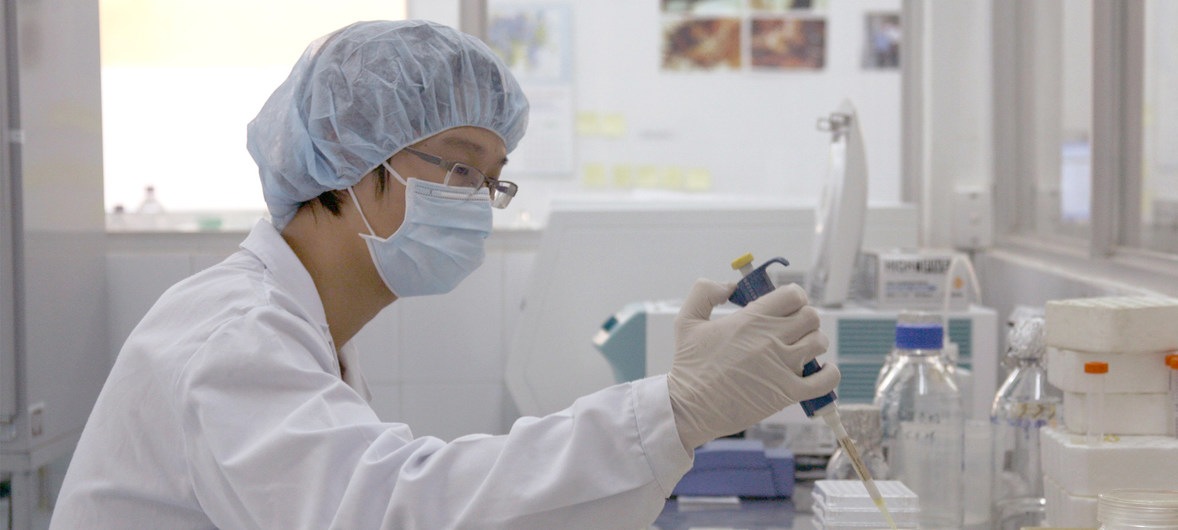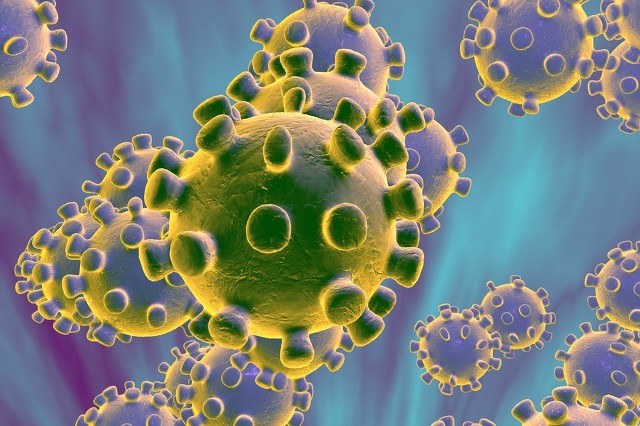Since December 2019, there have been many special cases of viral pneumonia in Wuhan City. After a series of tests, it was found that this is an infection caused by a new coronavirus.
On January 12, 2020, the World Health Organization named the virus 2019-nCov (2019 New Coronavirus) and issued guidelines for clinical prevention and treatment of pneumonia caused by 2019-nCov. Combined with the guidelines and the recent circular of Wuhan Health Committee, Dr. Clove summarized 7 issues you should know.

1. So far, has there been any new progress in what in this pneumonia?
According to the Wuhan Health Committee, As of 16 January, A total of 41 cases of pneumonia with new coronavirus infection have been reported, 12 cases were cured and discharged, 5 cases of severe cases were under treatment, Two cases died, 61 years old and 69 years old male respectively. The rest of the patients were in stable condition and received isolation treatment in designated medical institutions in Wuhan. 763 people were closely contacted, 644 people had been released from medical observation, 119 people were still under medical observation, and no related cases were found in the close contacts. The cases have basically been to Wuhan South China Seafood Wholesale Market.
In addition, outside Wuhan, Thailand and Japan also reported one case of new coronavirus pneumonia respectively. Among them, the Thai case is of Wuhan nationality, China. When traveling to Thailand, he was diagnosed with fever symptoms. The patient has been to other seafood markets in Wuhan, However, I have not been to South China Seafood Wholesale Market. At present, the patient’s condition is stable. The Japanese case is from Kanagawa Prefecture, Japan, and I have also been to Wuhan Seafood Market (also I have not been to South China Seafood Market). After returning to Japan, virological tests confirmed that I was infected with 2019-nCov. The patient’s condition is stable and has been discharged from hospital.
2. Why have new coronavirus pneumonia been discovered in Japan and Thailand and not around Wuhan?
The rapid diagnosis of this new coronavirus pneumonia in Japan and Thailand, It is because China has voluntarily released the virus information to the World Health Organization after improving the virus detection, thus facilitating the accurate diagnosis of the virus all over the world. The absence of the surrounding area of Wuhan may also be related to the limited medical resources and the mild symptoms of the related patients that have not been clearly diagnosed.

Should we be afraid of this? Can this new coronavirus be transmitted from person to person?
Available survey results show that, No clear evidence of human-to-human transmission has been found, The possibility of limited human-to-human transmission cannot be ruled out. Because there are a few cases that have not been to the seafood wholesale market, However, the risk of continuous human-to-human transmission is relatively low. At present, further research is being carried out in combination with clinical and epidemiological data. Judging from this patient in Japan, his normal return to Japan from Wuhan has not brought more cases to spread, at least indicating that even if there is human-to-human transmission, the transmission ability is very poor.
The World Health Organization currently does not recommend any travel or trade restrictions on Wuhan, China. The U.S. Centers for Disease Control and Prevention has issued a first-class travel notice to Wuhan, which means that there is no need to restrict travel and ordinary preventive measures should be taken.
4. Is this new coronavirus highly pathogenic? Will it be the next SARS?
Judging from the current case reports, the infected persons are mainly men, with more mild diseases, only fever, cough and other manifestations. Severe patients are mostly the elderly or patients with basic diseases. It does not show strong pathogenicity.
Although the new virus discovered this time is also a coronavirus, which has many similarities with the SARS coronavirus of that year, it does not show [it is very severe] in terms of pathogenicity, infectious ability and response to treatment. The current prevention and control measures are effective, and we need not be afraid of it.

5. When should attention be paid to the observation and elimination of new coronavirus pneumonia?
According to WHO’s new guidelines, new coronavirus pneumonia should be considered in the following situations. Patients have acute respiratory tract infection, a history of fever and cough, and need hospitalization. No other etiology can fully explain their clinical manifestations, and any of the following situations:
A) Travel history in Wuhan within 14 days before the onset of the disease;
B) Medical personnel who have worked in an environment where patients with acute respiratory infections have been treated and who do not know where the patients have been or live;
C) The abnormal progression of the patient’s condition, especially the sudden deterioration of his condition under reasonable treatment, and his place of residence and travel history are unknown;
D) Within 14 days prior to onset of the disease, those who had any of the following exposure history: had close contact with patients diagnosed with new-type coronavirus infection or had been to a medical institution in a country where nosocomial new-type coronavirus infection had been reported.
6. How should ordinary people do a good job of prevention?
The World Health Organization has given specific prevention suggestions for this coronavirus infection:
Maintain hand hygiene (wash hands with soap or alcoholic hand disinfectant);
Pay attention to cover your nose and mouth when coughing and sneezing, and do not spit everywhere.
Avoid close contact with patients with respiratory diseases (those who cough and have fever);
Cook meat, eggs and other foods thoroughly.
Avoid close contact with wild animals or livestock.
Wearing professional protective masks is also a recommended measure if you want to contact medical workers with a large number of patients with respiratory tract infection or have to contact with a large number of patients with respiratory tract infection.
7. Why stay away from wild animals?
At present, we have not fully determined that the new coronavirus comes from wild animals, but the probability is very high. Moreover, from the past situation, the proportion of zoonotic diseases is increasing. Of the 175 new infectious diseases in the world, 132 are zoonotic diseases, accounting for 75.4%, and the prevention and control situation is grim. SARS and MERS among coronaviruses are typical cases.
From 2002 to 2003, SARS broke out, with a total of 8,422 cases worldwide, involving 32 countries and regions and 919 deaths. In 2017, scientists finally confirmed that the virus originated in bats and infected humans through civets, which may be intermediate hosts.
In 2012, Saudi Arabia confirmed MERS coronavirus (Middle East Respiratory Syndrome Coronavirus), with camel unimodal as a major host of the virus, and about 35% of Middle East Respiratory Syndrome reported patients have died.
In addition to coronavirus, other viruses, bacteria, parasites and other pathogens carried by wild animals have brought huge losses to human beings.
